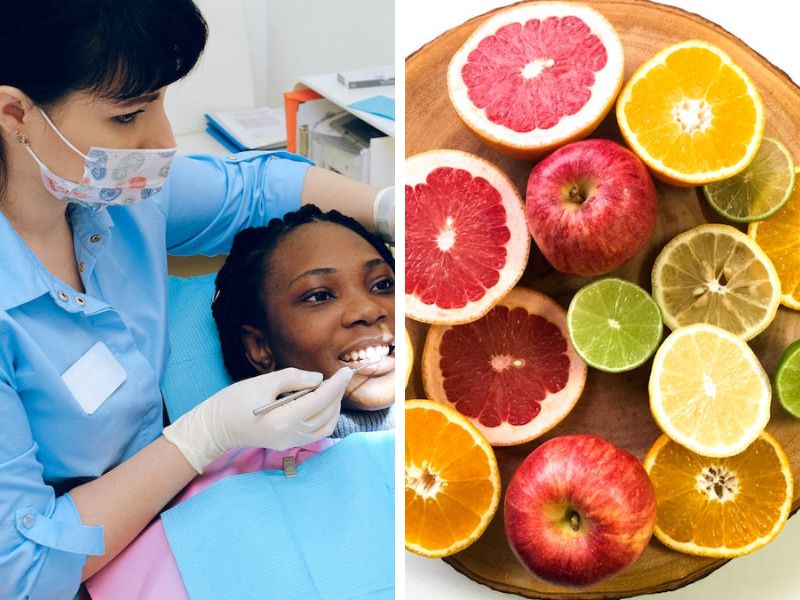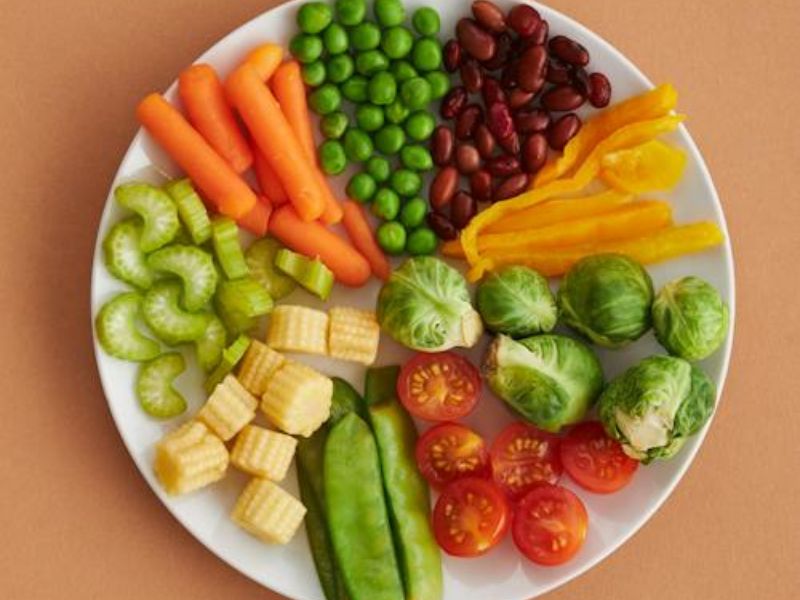We often overlook that our eating and drinking habits are equally important as the choices of food and beverages when it comes to impacting our oral health. While it’s common knowledge that sugars erode enamel and coffee drinks cause stains, it’s crucial to remember the significance of how we consume them.
Beware of harmful eating methods, warns Dr. Cheryline Pezzullo from NYU College of Dentistry. These methods can weaken tooth enamel, damage dental restorations, and increase the risk of dental emergencies. Fortunately, a few adjustments to your eating techniques can prevent future damage. Discover the foods you’re consuming in tooth-unfriendly ways and learn how to counteract their effects.

Image Credit: Pexels/Anna Shvets & Pexels/Jane Doan
Citrus Fruits
Citrus fruits (lemons, oranges, grapefruits) are acidic and can harm tooth enamel. To reduce the impact, chew quickly and swallow to minimize contact with your teeth. Dr. Pezzullo advises rinsing your mouth with water to neutralize the acidity. If you prefer spa water, use a straw to limit direct contact with the acidic liquid.
Apples
Dr. Lauren Becker, a New York City dentist, explains that biting forcefully into apples can strain the teeth, potentially resulting in enamel damage or tooth sensitivity. Instead, she suggests cutting the apple into wedges and consuming them, allowing the back teeth, designed for grinding and crushing, to handle the fruit’s texture.

Image Credit: Pexels/Vanessa Loring
Raw Vegetables
Raw vegetables such as carrots and broccoli can be firm and require excessive chewing, which can potentially cause microcracks or chips in vulnerable teeth, especially those affected by grinding or erosion. To prevent further damage, Dr. Pezzullo recommends cutting raw vegetables into smaller pieces or lightly steaming them to make them easier to chew.
Popcorn
After consuming popcorn, it is crucial to prioritize brushing and flossing to prevent inflammation caused by hulls getting stuck in your gums. Additionally, it’s essential to be cautious and avoid crunching on popcorn kernels as they are not intended to be chewed and can potentially lead to tooth breakage.